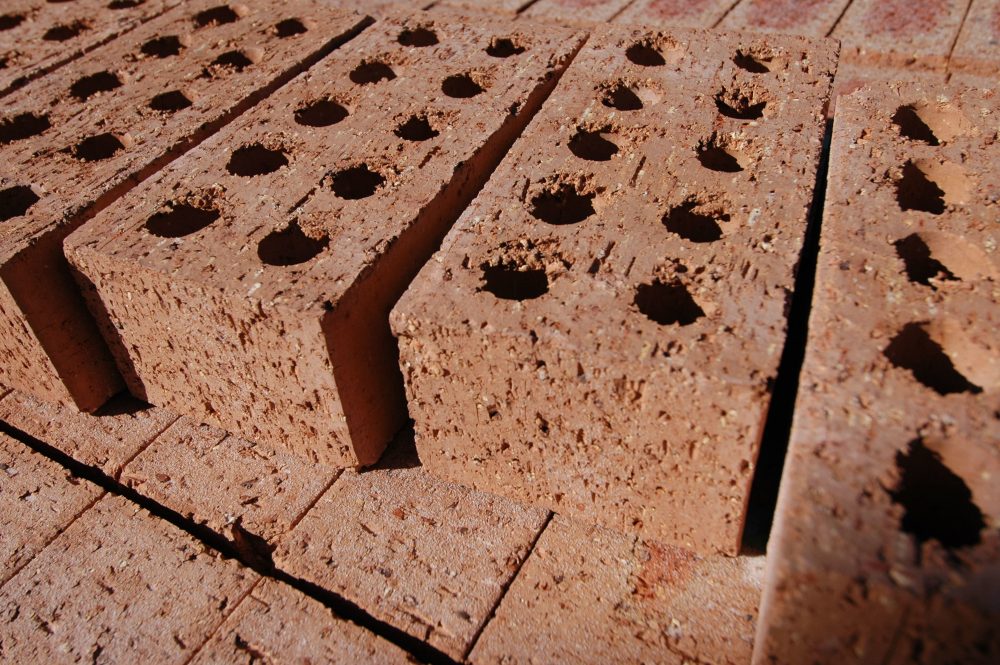Are Clay Bricks Hazardous To The Environment?
Are earth blocks a sustainable building material or do they harm nature? Discover what blocks are made of, how they are made and if they are manageable.
Earth blocks would one say are the most prevalent building materials on the planet yet do they convey immense ecological harm, or would they say they are a mystery feasible building material? Why are earth blocks so well known to self-manufacturers and engineers? Earth blocks are solid; they keep going quite a while, sturdy, simple to oversee, adaptable in configuration, waterproof, flame resistant and they are an excellent encasing.
Ecological effect: Most blocks utilised today are made out of dirt, which is mined out of the earth and transported to a block making plant. The mud is then blended with water in a bit of hardware taking a substantial bread blender and afterwards formed into blocks. The way of making dirt blocks is to a significant degree destructive to nature. By physically diving into the earth and utilising the measure of fuel to dry the blocks makes it a costly and harmful material.

Practical Building material: There is thought that the dirt block is a sustainable building material in its own right. Above all else, you should consider the lifespan and protection characteristics of the regular mud block. The thought is that the underlying high expense of vitality underway is exceeded by the protection characteristics of the material and the reality you will never replace the first blocks. The lifespan of the block implies that it can be re-utilised and reused, in this way fabricating your home with reused blocks will essentially lessen the ecological effect of your manufacturer. Does the lifespan of the mud block and the capacity to utilise reused block make it a sustainable building material?
On the grounds that the primary element of the block is taken from the earth and after that warmed utilising energies which are not sustainable, other options to mud blocks that are close however not exactly a viable building material are;
Wool blocks – Interestingly by adding fleece to a dirt block you increment the quality by more than 30% as well as dry hard typically, which means there is no compelling reason to start up a goliath furnace.
Mud blocks/Adobe – These blocks are as yet made out of the earth, around 70% of dirt actually. Whatever is left of the material is then sun-dried and tried for quality before utilise, they have an equal protection quality as ordinary earth blocks yet additionally enable the building to breathe. The adobe block offers better solid retention qualities, higher warm mass is made efficiently and utilises particular assets.
The appropriate response: There are contentions for and against dirt blocks being known as a sustainable building material. If you utilise one of the options, for example, a fleece or mud block, or even recovered blocks, then you can enhance the ecological effect of production.



Comments are closed.